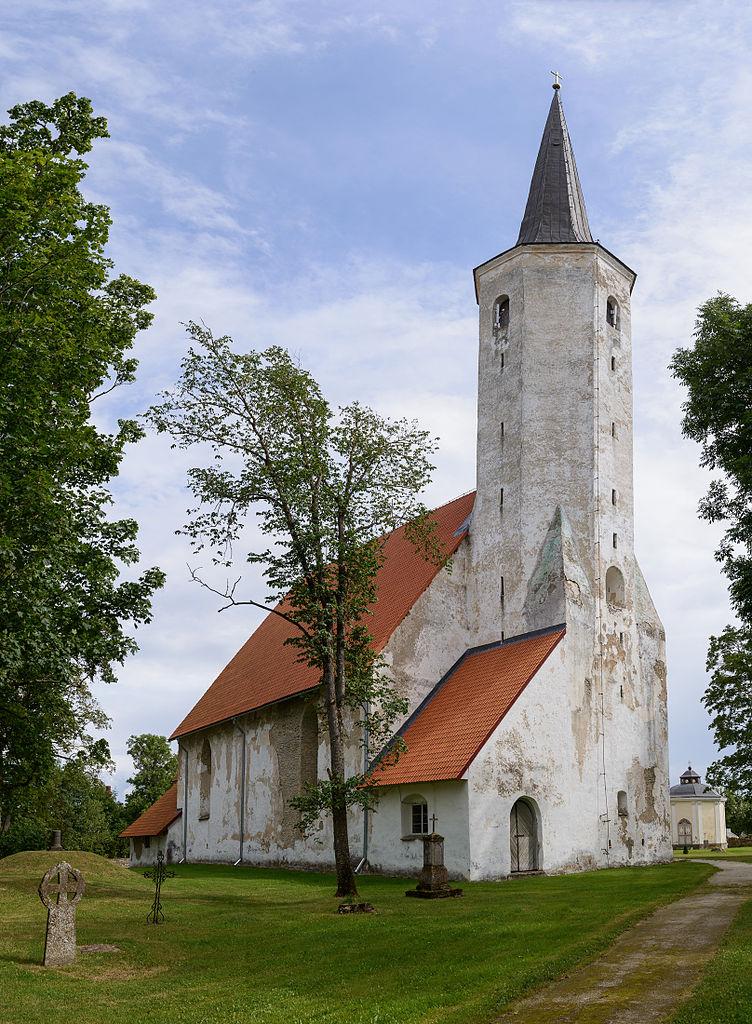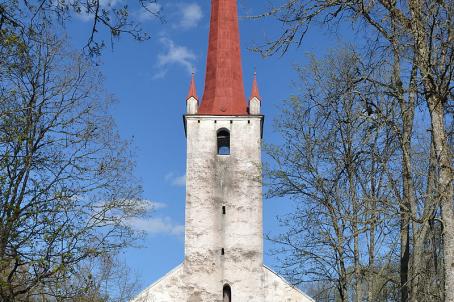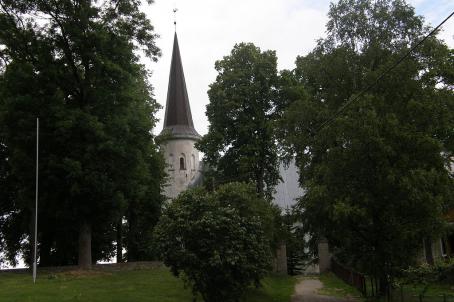Haljala Church
The Church of St. Mauritius is one of the most unique medieval churches in Virumaa County. The first wooden church was probably built here as early as 1220. The present church of Haljala was built according to the Villem Raam in three stages: the first, around 1430-1440, saw the completion of the choir and sacristy. A long building was constructed in the third quarter of the 15th century and a tower was completed at the end of the 15th century. The church suffered both at the outbreak of the Livonian War in 1558 and the Great Northern War in 1703. The church tower was also repeatedly set ablaze by thunder (1761, 1831).






